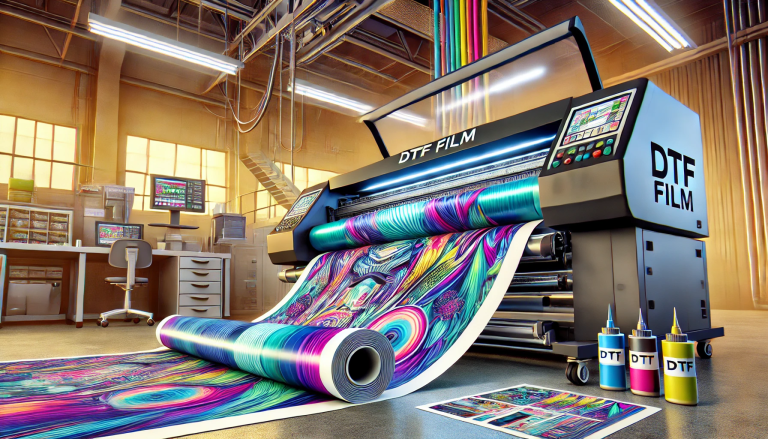In the realm of printing technology, innovation knows no bounds. One such advancement that has been making waves is Direct to Film (DTF) printing. DTF printing is a process where designs are printed directly onto a thin film, which is then transferred onto the desired substrate. This technique offers a plethora of advantages over traditional printing methods, revolutionizing the industry in many ways.
Enhanced Precision and Detail
One of the most notable benefits of DTF printing is its ability to achieve unparalleled precision and detail in printed designs. By printing directly onto a film, intricate details and fine lines are faithfully reproduced onto the substrate. This level of precision is particularly advantageous for industries such as textiles, where intricate patterns and designs are in high demand.
Versatility Across Substrates
Another significant advantage of DTF printing is its versatility across various substrates. Whether it’s fabric, leather, plastics, or even wood, DTF printing can effectively transfer designs onto a wide range of materials. This versatility opens up a world of possibilities for designers and manufacturers, allowing them to explore new avenues and create innovative products with ease.
Cost-Effectiveness
In addition to its precision and versatility, DTF printing also offers cost-effectiveness compared to traditional printing methods. The process requires fewer consumables and produces less waste, resulting in lower production costs overall. Furthermore, DTF printing eliminates the need for expensive screens or plates, making it an attractive option for small-scale production runs and customization jobs.
Faster Turnaround Times
Speed is often of the essence in the world of printing, and DTF printing delivers on this front as well. With its streamlined process and minimal setup requirements, DTF printing enables faster turnaround times compared to traditional methods. This rapid production capability is invaluable for meeting tight deadlines and satisfying customer demand in today’s fast-paced market environment.
Environmentally Friendly
In an era where sustainability is a top priority for many businesses, DTF printing shines as an environmentally friendly alternative. The reduced consumption of materials and energy, coupled with the minimal waste generated during the process, make DTF printing a greener option compared to traditional printing techniques. As companies strive to reduce their carbon footprint, DTF printing offers a compelling solution that aligns with eco-conscious practices.
Conclusion
In conclusion, Direct to Film (DTF) printing represents a significant advancement in the field of printing technology. Its ability to deliver precision, versatility, cost-effectiveness, speed, and sustainability makes it a game-changer for various industries. As businesses continue to seek innovative ways to differentiate themselves and meet evolving consumer demands, DTF printing stands out as a reliable and efficient solution. Embracing this cutting-edge technology opens up endless possibilities for creativity and growth, paving the way for a new era of printing excellence.



